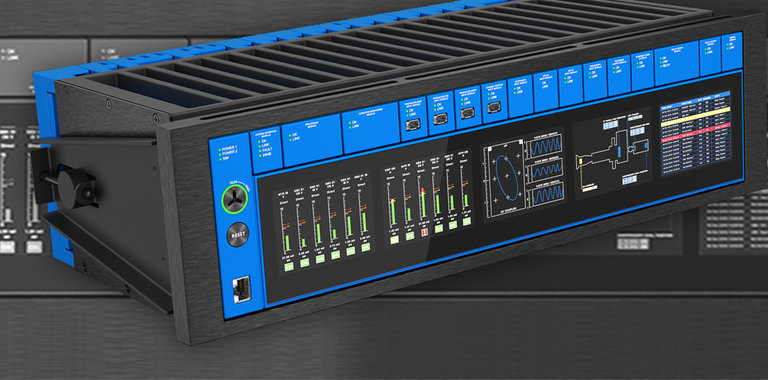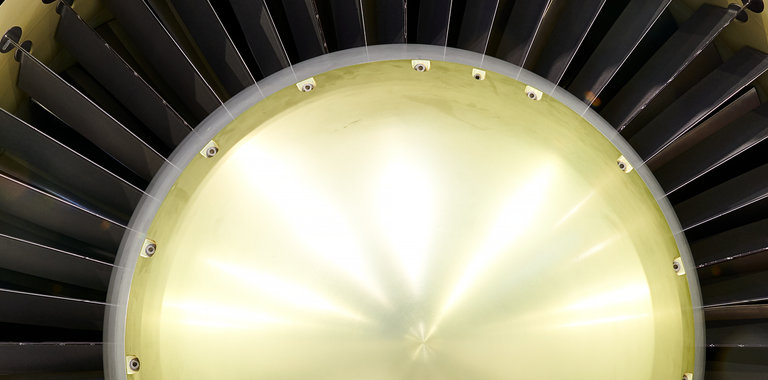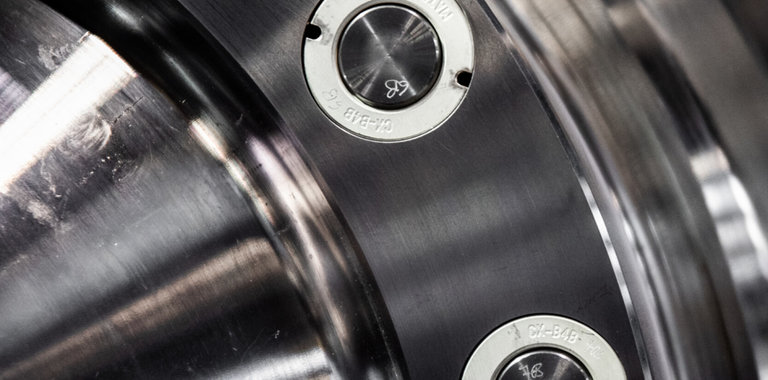Welcome to the Q1 2022 edition of the Orbit Newsletter Digital Publication. In this edition we will focus on Orbit 60 enabled enhancements discussing how the Orbit 60’s unique capabilities allow you more flexibility and ease of use for System 1; Rider bands being an important consumable component on horizontal reciprocating compressors; an Introduction to the Asset Strategy Management (ASM) Pillar with today’s reliability managers understanding the key elements of a sound reliability program; a case study describing how the remote diagnostic team resolved a vibration related issue on the NAP2 PAC Primary Air Compressor; along with vibration excursion in turbomachinery with another customer discussing how to diagnose rubs that typically occur in turbomachinery based on vibration data; and finally the industry-leading condition monitoring and diagnostics software, System 1, brings all assets and data types across a facility together in a single user interface with our People’s Corner interview.
Copyright 2022 Baker Hughes Company. All rights reserved. Baker Hughes provides this information on an “as is” basis for general information purposes. Baker Hughes does not make any representation as to the accuracy or completeness of the information and makes no warranties of any kind, specific, implied or oral, to the fullest extent permissible by law, including those of merchantability and fitness for a particular purpose or use. Baker Hughes hereby disclaims any and all liability for any direct, indirect, consequential or special damages, claims for lost profits, or third party claims arising from the use of the information, whether a claim is asserted in contract, tort, or otherwise. Baker Hughes reserves the right to make changes in specifications and features shown herein, or discontinue the product described at any time without notice or obligation. Contact your Baker Hughes representative for the most current information. The Baker Hughes logo, the Bently Nevada logo, and System 1 are trademarks of Baker Hughes Company.








